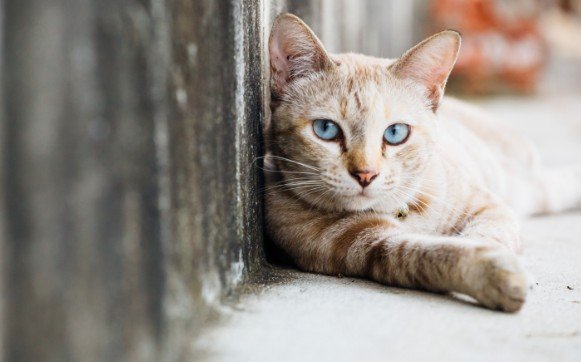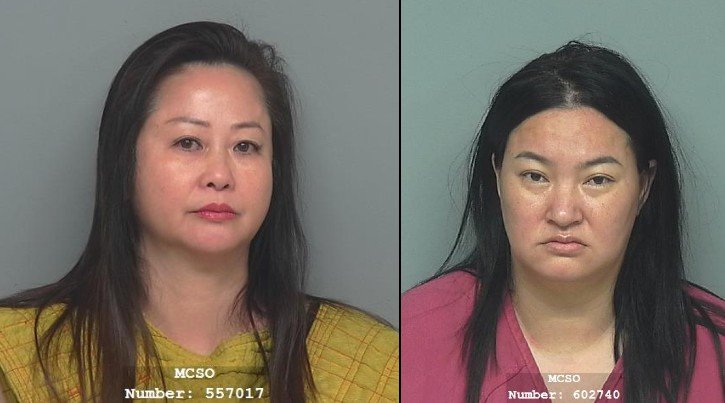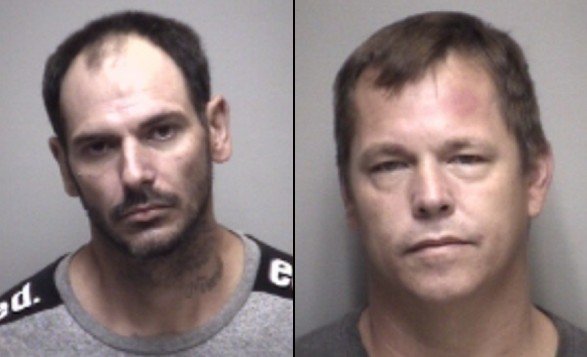Texas Launches $13M Pilot Program to Curb Stray Animal Population

In a landmark move to address pet overpopulation and improve public health, the Texas Legislature has approved $13 million over the next two years to fund a statewide pilot program targeting the growing number of unvaccinated and unsterilized dogs and cats. The initiative, awaiting final approval from Governor Greg Abbott, will be administered by the Texas Department of State Health Services (DSHS).
The program is aimed at curbing the spread of infectious diseases such as rabies, toxoplasmosis, and leptospirosis by reducing stray and feral animal populations across the state. It marks a significant step forward in integrating animal welfare into public health policy.
“This is a crucial step forward in protecting both animals and people in Texas,” said Shelby Bobosky, Executive Director of the Texas Humane Legislation Network (THLN). “Shelters, veterinarians, and local communities have long struggled with limited resources to manage stray and feral animal populations.”
Over the coming months, DSHS will develop the rules and procedures needed to implement the program. THLN will assist by gathering input from animal shelters, rescue organizations, veterinarians, and municipalities across Texas. This feedback will help shape the rollout and identify priority areas for service.
The initiative builds on Senate Bill 1568, recently signed into law by Governor Abbott, which expands the Animal-Friendly License Plate Program. The legislation allows DSHS to create an additional specialty license plate, boosting participation and generating more funds for local spay and neuter services.
“Together, these efforts reflect a growing momentum in Texas to tackle pet overpopulation and improve community health in a sustainable, humane, and cost-effective way,” Bobosky added.
The new pilot program positions Texas as a national leader in linking animal control strategies with public health outcomes, with hopes for long-term impact and potential statewide expansion if successful.







